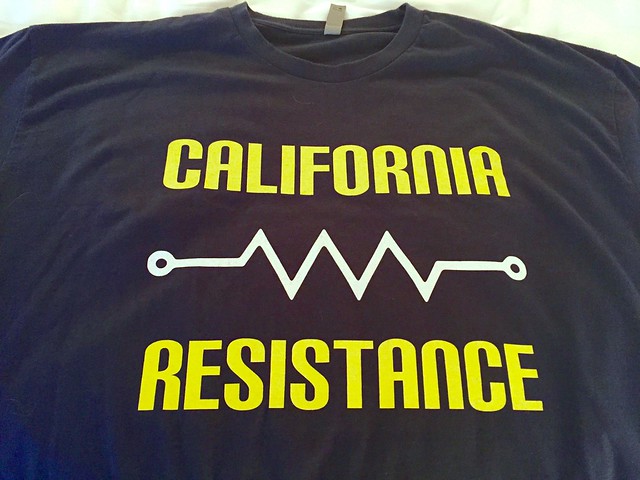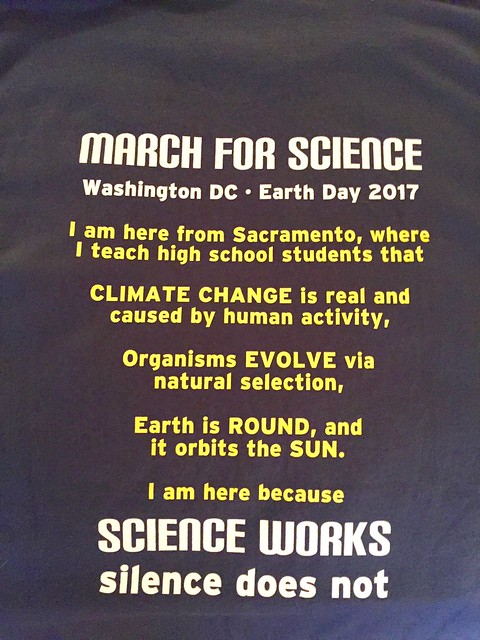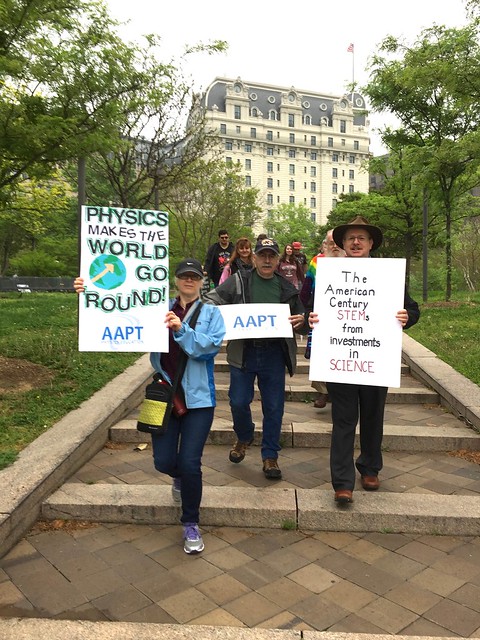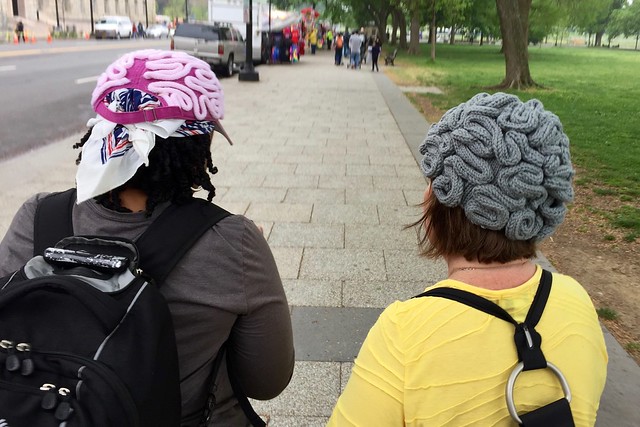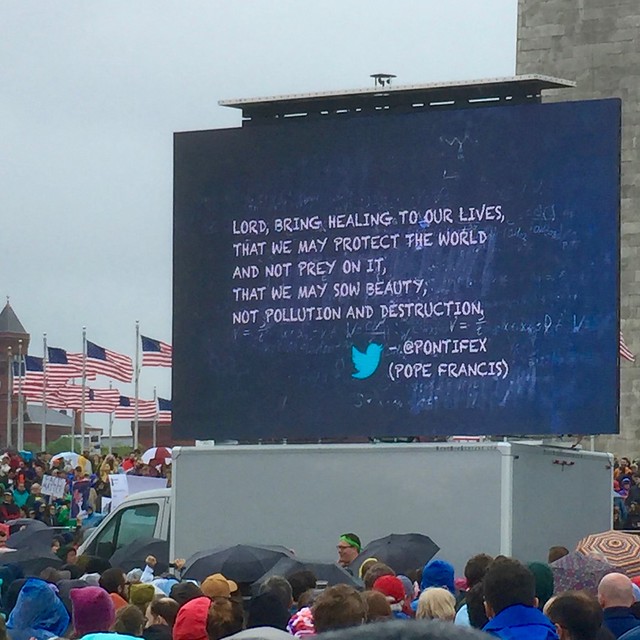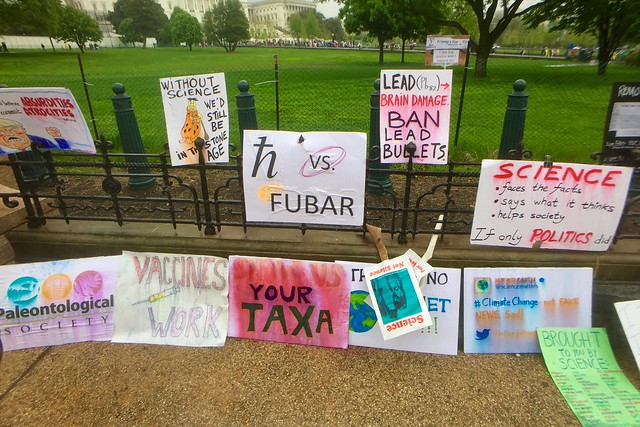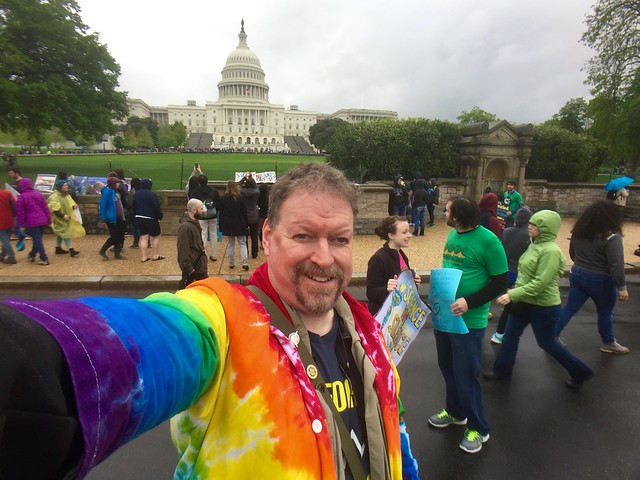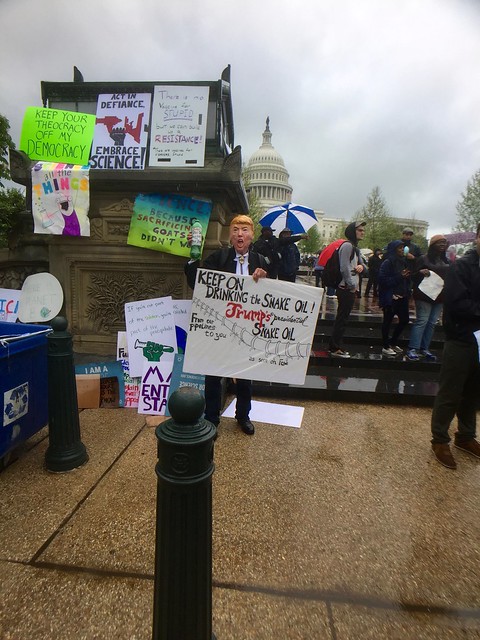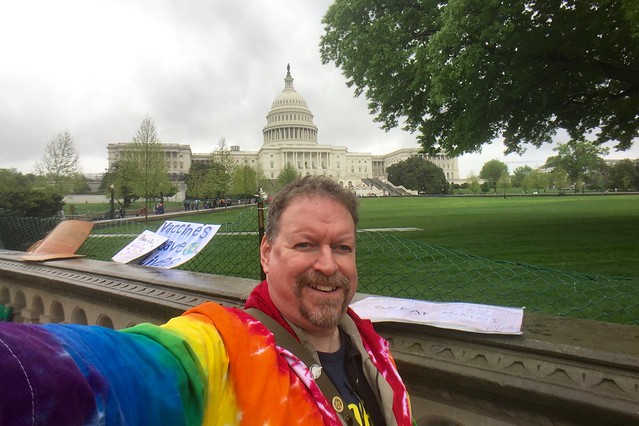While most of us recognize that people come in all different shapes, sizes, colors and backgrounds outwardly acknowledging it is important in your classroom. In a time when many are feeling less welcome in our own spaces (work, home, country, etc) it is vital that we actively work to recognize marginalized groups in our fields and help to lift their voices.
On June 4th a new Twitter account @500QueerSci was launched with the purpose of bringing awareness of LGBTQ+ people working in STEM related jobs during the annual Pride Month. Their goal was to reach 500 personal stories and by mid July were at 630 biographies. People can submit their abbreviated biographies, pictures and social media links to be added to the catalog. The full list is found on their companion website 500QueerScientists.com.
The resource is amazing and as many have said when they first tweet their own featured biographies they wish such a thing had been available when they were young. It serves as a reminder to young LGBTQ+ people interested in science that they are not alone and that can be life changing.
I recently went back to the website hoping to find a search bar to type "physics" into so that I could have a list of many LGBTQ+ people with backgrounds or jobs in the fields of physics. I could not find one so I tweeted at @500QueerSci and asked:
@500QueerSci is there a plan in the works to make the stories searchable by field? I would love to be able to show my students some specific stories of 🏳️🌈scientists in related fields to what I teach.— Bree BarnettDreyfuss (@BarnettDreyfuss) July 13, 2018
They responded that such a feature was in the works but in the meantime offered to find such profiles for me. Below are the names and links they provided:
- Chanda Prescod-Weinstein
- Izzy Jayasinghe
- Giampiero Mancinelli
- Axiel Yael Birenbaum
- Nicole Ackerman
- Tzula Propp
- Shawn Cole-Woods
- Kelsey Collier
- Carlos Arguelles
- Aidan Robson
- Ana Barbara Rodriquez Cavalcante
- Beck Strauss
- Kerstin Nordstrom
- Tessa Carver
- Christopher Aubin
- Robert Newberry
- Jost Migenda
- Andrew Princep
- John Barentine
- Mackenzie Warren
- Katie Mack
- Ashley Spindler
- JJ Eldridge
- Stephen Lawrence
- Alysa Obertas
- Nick Geitner
- Andrew Welsh
- Georgia Squyres
So I have a list, now what? I intend to use it. I've seen several lessons and activities in the last year promoting learning about diverse modern scientists, not just the "dead white guys" we find in our textbooks. Depending on your school and community's comfort level you could do a few things with such a list; and the same could be done for scientists of color and women.
- Whenever a particular field comes up in class, say astrophysicist, feature an LGBTQ+ person or person of color instead of whoever is at the top of a Google search list.
- "Profile a scientist" activities are already usually limited to exclude the few that everyone already knows about like Einstein or Curie or Tesla. If you're going to set restrictions for who they can't research you may find yourself just producing a list from which students have to choose. And look at that, you have a class set (or almost) of physics related names right up there! How convenient!
- You can present the list in its entirety, or the full website, for students to explore st their own pace. You can lead a discussion or offer reflection time for students to think about the featured scientists' paths through education and the hardships they may have endured for being LGBTQ+, why their visibility is important, etc.
- Make posters of the featured physics related persona biographies to display in your classroom or school all year.
- Feature an LGBTQ+, woman and/or person of color that is in the STEM field each week in your classroom.
There are lots more things you could do to help expose your students to a more diverse world of STEM, but that should be a start! I encourage you to read through the biographies above and more to learn more about our very diverse and large STEM community. If you have any other fabulous lessons to share please let me know!
Edit: I was able to add a few more resources I could not find the first time around thanks to recent AAPT plenary Frank Nochese:
The hashtag #ActualLivingScientists is used by all kinds of, well, actual living scientists, to share information about their work and why its cool. Several teachers print out some of these profiles to make displays in their classrooms or around
Heather Waterman @WatermanPhysics makes a daily doodle on her board about a scientists from an underrepresented group. I have a minor in art and I still don't know if I could draw a scene every day that was this good!
Edit: I was able to add a few more resources I could not find the first time around thanks to recent AAPT plenary Frank Nochese:
The hashtag #ActualLivingScientists is used by all kinds of, well, actual living scientists, to share information about their work and why its cool. Several teachers print out some of these profiles to make displays in their classrooms or around
Heather Waterman @WatermanPhysics makes a daily doodle on her board about a scientists from an underrepresented group. I have a minor in art and I still don't know if I could draw a scene every day that was this good!
177:180 Marine Zoologist Mary J. Rathburn 🦐🦀#dailydatedoodle #womeninSTEM #WomeninSTEAM https://t.co/Y0WGcV4TCQ pic.twitter.com/bTcO6LWIdR— Heather Waterman (@watermanphysics) June 13, 2018
